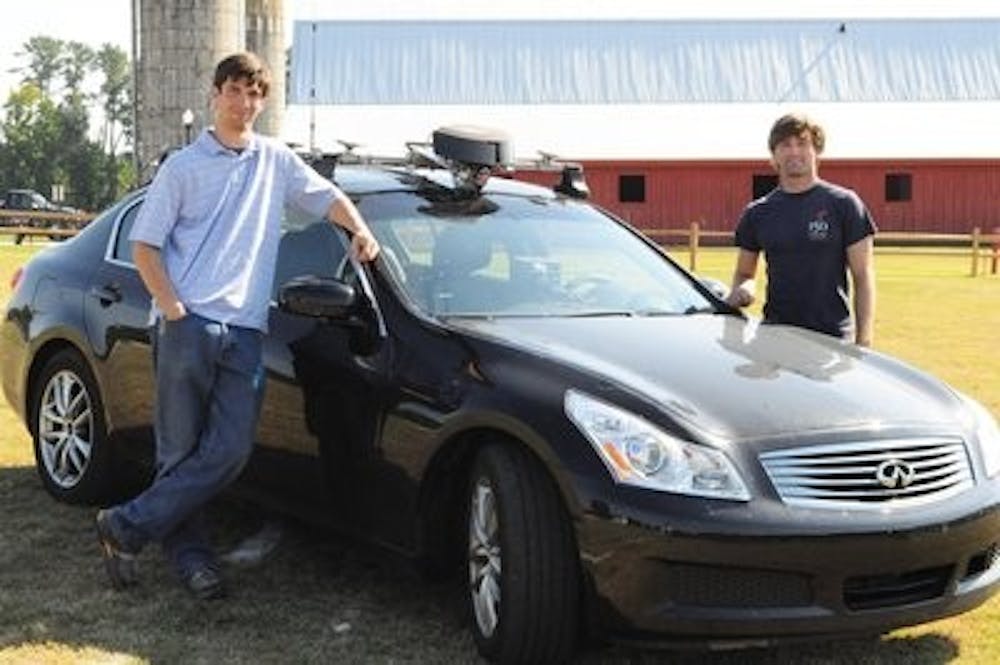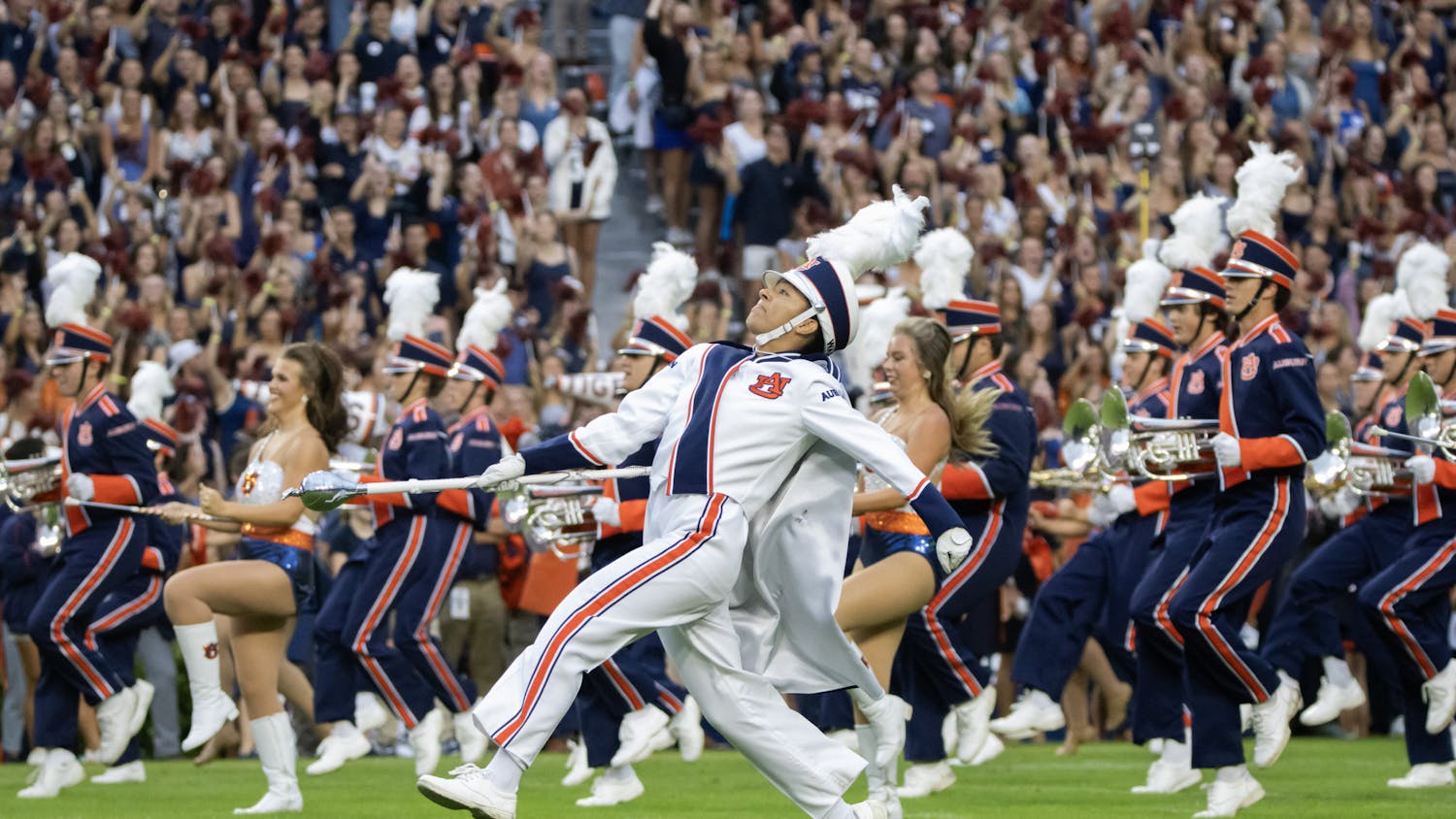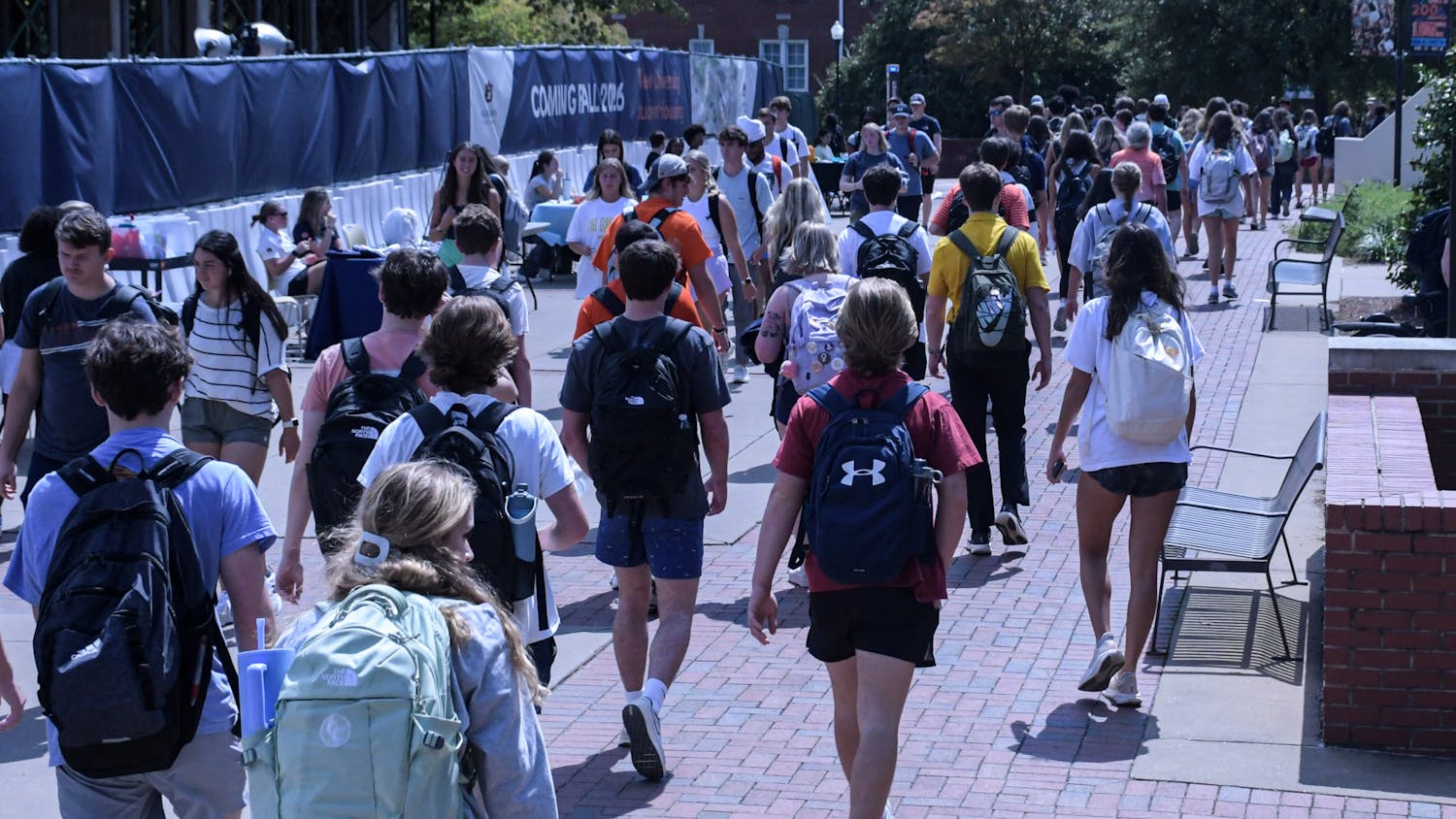Nobody likes a backseat driver, but a car that drives itself is another story entirely.
The ultimate smart car may still be a thing of the future, but in the GPS and Vehicle Dynamics Laboratory, students are using GPS technology to get closer to a car that functions without the human element.
"We have a variety of GPS car projects," said David Bevly, professor in mechanical engineering and GAVLAB adviser. "We have over half a dozen projects or more, I guess, using GPS."
These include initiatives to improve auto-stability, enable a car without a driver to follow behind another car, decrease swerving across highway lines and even create cars that can drive without human involvement.
"My program is with federal highway," said Jordan Britt, graduate student in electrical engineering. "Our goal is to try to get better estimation of where you are in the lane, so that if you start to veer out of your lane, you get alerted."
Britt works on the program in a variety of ways, from inputting code on the computer to driving the car on a test track.
Students in other programs also have multiple responsibilities. Each project has both theoretical components and practical components, Bevly said.
Josh Ryan, graduate student in mechanical engineering, is working on a GPS project funded by Ford Motor Co.
"GPS gives you really accurate velocity information," Ryan said. "The stability control system can benefit greatly from that."
Since GPS now comes standard on many cars, stability can be improved using what the car already has, without needing extra sensors or technology.
"This project, I thought, was exciting," Ryan said. "I went here for undergrad, and that was one of the big reasons I decided to stay."
The stability control program is entering its third year and is projected to end in the spring.
GAVLAB programs are usually funded by outside sources, like the military or one of various companies from the automotive industry.
"Sometimes, we'll come up with an idea, and we'll go to a company and pitch it," Bevly said. "Sometimes the company comes to us because of our past experience with GPS."
The lab has six vehicles student research assistants use to test GPS technology, along with other programs and sensors. About 20 students are involved with different programs.
"Nobody really does anything completely isolated, that's for sure," Ryan said.
Another use for GPS is to help program a car to respond automatically in certain situations.
That's part of David Broderick's job.
"It's black magic and pixie dust and snake oil," Britt said to explain what Broderick does.
In reality, Broderick makes observations about vehicle inputs and outputs and uses GPS along with other tools to predict what is going to happen in a vehicle, without knowing any particulars about the vehicle.
Smarter cars are coming--cars that need people to program them, but not to drive them.
"These automatic vehicles, you know--there's visions of having smart lanes, where you can pull into a lane and then you can basically turn the driving over to the vehicle," Bevly said. "Although people get nervous with that, they don't mind it when they fly."
Do you like this story? The Plainsman doesn't accept money from tuition or student fees, and we don't charge a subscription fee. But you can donate to support The Plainsman.





